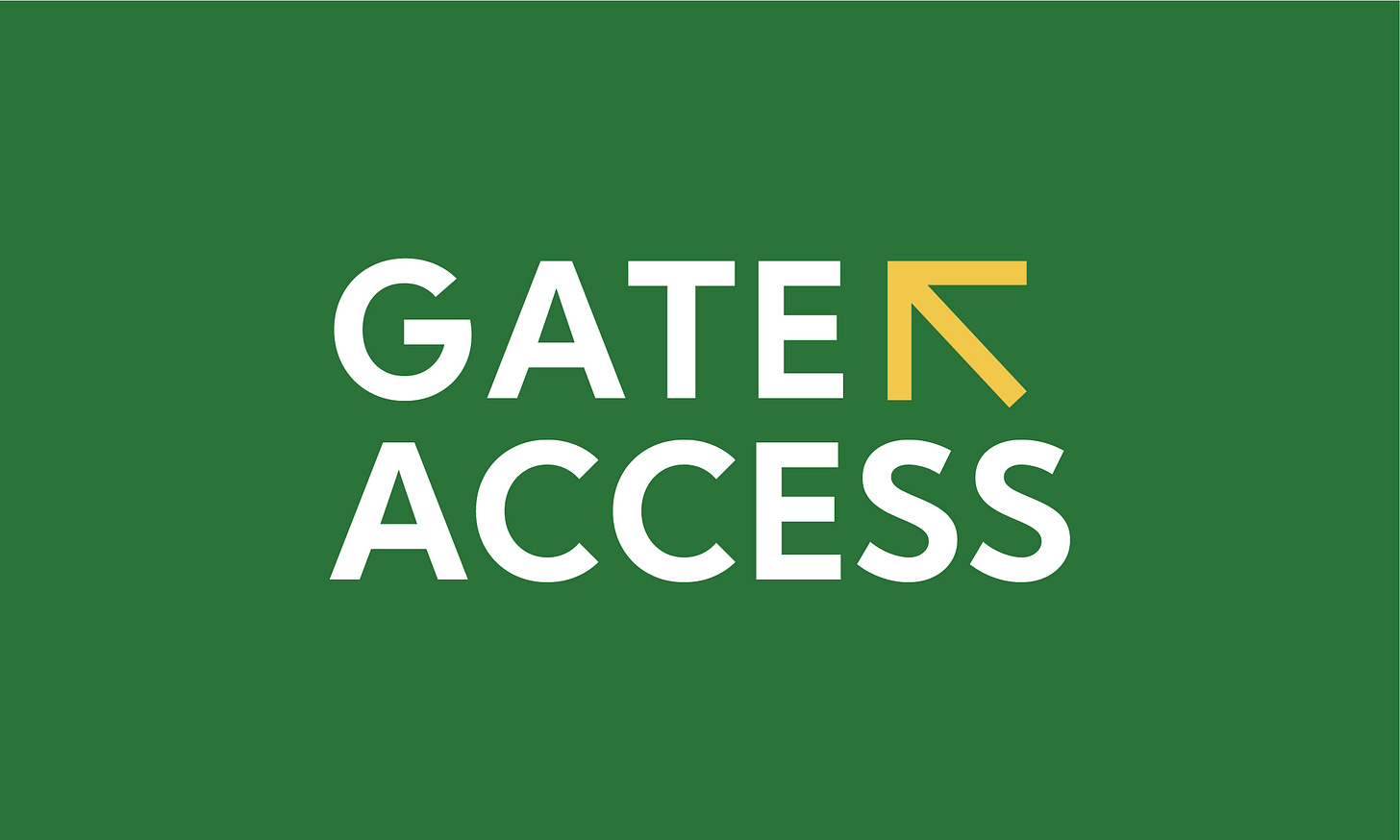TSA’s New Pilot Program Promises Faster Travel, But Is It Safer?
Read today's edition of Gate Access • Sep 1, 2025
Happy Labor Day! One of the main reasons I started Gate Access was to provide an insider’s perspective on how policies and updates actually affect your journey.
With TSA now rolling out its One Stop Security pilot, I want to break down what this means, share my perspective from inside the security checkpoint, and highlight what you should keep in mind as it expands. Let’s get into it.
⏪ What You Missed Last Week
Support Gate Access by becoming a paid subscriber. Take a look at these helpful digital downloads. Missed any of the prior releases? View The Archive
💡What is One Stop Security?
Imagine flying home to the U.S. after visiting London. Usually, when your plane lands, you’d have to go through all the security checks again before getting on your next flight, but One Stop Security is aiming to change that.
This new TSA pilot program is designed to make international travel into the U.S. faster and less stressful.
With OSS, travelers arriving from certain approved international airports no longer need to repeat the initial security process. Instead, once they clear Customs and Border Protection, they can head directly to their connecting gate, and their checked bags are automatically transferred without additional screening.
The program now exists because the U.S. has agreed to trust that the security checks at those foreign airports are as secure as those at TSA security checkpoints.
Who’s Participating?
American Airlines started the pilot program in February 2025, and now it has expanded to two daily flights from London’s Heathrow Airport:
American Airlines to Dallas–Fort Worth
Delta Air Lines to Atlanta
The U.S. and the U.K. worked closely together to make this possible. Other airports and airlines are expected to join once the TSA verifies that their screening standards align with U.S. security standards.
Why Am I Sharing This?
I love seeing travel become more efficient; however, I think it’s essential for travelers to understand the safety element and clearly understand what’s changing. Yes, travelers will still go through Customs and Border Protection when arriving in the U.S. That part hasn’t gone away. What’s different is that TSA will no longer re-screen certain passengers and their bags if they’ve already been cleared at a trusted foreign airport.
CBP and TSA are two separate agencies that conduct different types of checks.
As a former TSA officer, I’ve worked checkpoints where international passengers were screened overseas, but when they went through U.S. security again, we still caught prohibited items. That experience makes me cautious about entirely relying on other countries’ security processes. Yes, this new system could save time and stress, but only time will tell if it actually keeps travelers just as safe.
The fact of the matter is that the TSA is shifting to a more hospitable model right before our eyes, and at a pace I’ve never seen before. For an agency that’s long been known for reacting after the fact rather than leading with change, this speed is unprecedented.
I have no idea what the TSA may look like by this time next year, but I’m following the changes closely. Thank you for trusting me with these updates.





If the security is the same at the point of departure, than once is enough. I had an experience at a London airport. I had to de-board, go through a security check(basically go through the metal detector), empty out my water bottle, go 25 feet and then refill my water bottle and get back on the same plane. What a waste of everyone's time and energy.